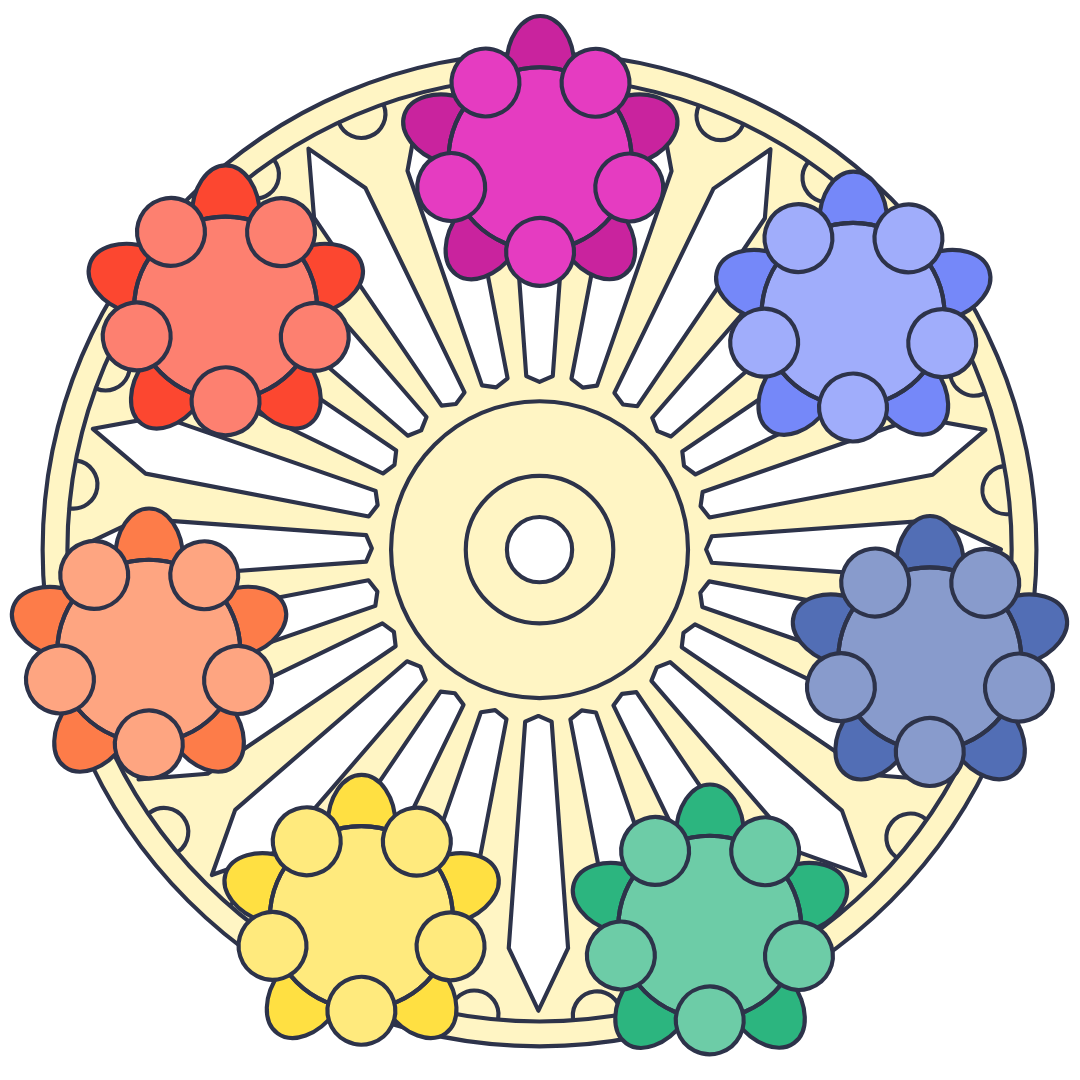Circular design is a concept that focuses on creating products and systems that are regenerative and sustainable. It is a holistic approach that aims to minimize waste and maximize the use of resources. In a circular design, products are designed with the end of their life in mind, ensuring that they can be easily disassembled and recycled. This approach also considers the entire lifecycle of a product, from raw material extraction to production, distribution, use, and disposal. By understanding circular design, businesses can reduce their environmental impact and create more sustainable products and services.
Circular design also emphasizes the importance of creating closed-loop systems, where materials are continuously reused and recycled. This means that products are designed to be easily disassembled and their components can be reused or recycled. By adopting circular design principles, businesses can reduce their reliance on virgin resources and minimize the amount of waste they produce. This not only benefits the environment but also helps businesses save money by reducing their raw material and waste disposal costs. Overall, understanding circular design is essential for businesses looking to create more sustainable and environmentally friendly products and services.
Choosing the Right Tools and Platforms
When it comes to implementing circular design principles, choosing the right tools and platforms is crucial. There are a variety of software tools and platforms available that can help businesses design and create more sustainable products. For example, there are software tools that can help businesses analyze the environmental impact of their products and identify areas for improvement. There are also platforms that connect businesses with suppliers of sustainable materials and components, making it easier to source environmentally friendly materials.
In addition to software tools, businesses can also benefit from using platforms that facilitate collaboration and communication with stakeholders. This can include platforms for sharing information with suppliers, customers, and other partners in the supply chain. By choosing the right tools and platforms, businesses can streamline their processes and make it easier to implement circular design principles. This can ultimately help businesses reduce their environmental impact and create more sustainable products and services.
Creating a User-Centered Experience
Incorporating circular design principles into product development also requires creating a user-centered experience. This means considering the needs and preferences of users throughout the entire design process. By understanding how users interact with products, businesses can create more sustainable and user-friendly designs. This can include designing products that are easy to repair, upgrade, and recycle, as well as considering the overall user experience.
Creating a user-centered experience also involves gathering feedback from users and incorporating it into the design process. This can help businesses identify areas for improvement and ensure that their products meet the needs of their target audience. By creating a user-centered experience, businesses can create products that are not only more sustainable but also more appealing to consumers.
Implementing Sustainable Practices
Implementing sustainable practices is essential for businesses looking to adopt circular design principles. This can include using environmentally friendly materials, reducing energy consumption, and minimizing waste throughout the production process. Businesses can also implement sustainable practices by optimizing their supply chain and working with suppliers that share their commitment to sustainability.
In addition to production practices, businesses can also implement sustainable practices in other areas of their operations. This can include reducing packaging waste, implementing recycling programs, and promoting energy efficiency in their facilities. By implementing sustainable practices, businesses can reduce their environmental impact and create more sustainable products and services.
Optimizing for Mobile and Accessibility
In today’s digital age, optimizing for mobile and accessibility is essential for businesses looking to reach a wider audience. This means ensuring that products and services are accessible to people with disabilities and are compatible with a variety of devices, including smartphones and tablets. By optimizing for mobile and accessibility, businesses can ensure that their products are available to a larger audience and provide a better user experience.
Optimizing for mobile and accessibility also involves considering the needs of users with different abilities and preferences. This can include designing products that are easy to use and navigate, as well as providing alternative formats for content such as audio descriptions or captions. By optimizing for mobile and accessibility, businesses can create more inclusive products and services that cater to a diverse audience.
Testing and Iterating for Improvement
Testing and iterating for improvement is an important part of implementing circular design principles. This involves gathering feedback from users, analyzing data, and making iterative improvements to products and services. By testing and iterating for improvement, businesses can identify areas for enhancement and ensure that their products meet the needs of their target audience.
Testing and iterating for improvement also involves considering the environmental impact of products throughout their lifecycle. This can include conducting life cycle assessments to identify areas for improvement and making changes to reduce environmental impact. By testing and iterating for improvement, businesses can create more sustainable products and services that meet the needs of their users.
Measuring and Analyzing Performance
Measuring and analyzing performance is essential for businesses looking to implement circular design principles. This involves tracking key performance indicators such as energy consumption, waste generation, and material usage. By measuring and analyzing performance, businesses can identify areas for improvement and track their progress towards sustainability goals.
Measuring and analyzing performance also involves gathering feedback from users and stakeholders to understand how products are being used and how they can be improved. By measuring and analyzing performance, businesses can ensure that their products meet the needs of their target audience and are aligned with their sustainability goals. Overall, measuring and analyzing performance is essential for businesses looking to create more sustainable products and services.
In conclusion, understanding circular design principles is essential for businesses looking to create more sustainable products and services. By choosing the right tools and platforms, creating a user-centered experience, implementing sustainable practices, optimizing for mobile and accessibility, testing and iterating for improvement, and measuring and analyzing performance, businesses can reduce their environmental impact and create more sustainable products. Ultimately, adopting circular design principles can help businesses create products that are not only environmentally friendly but also more appealing to consumers.

